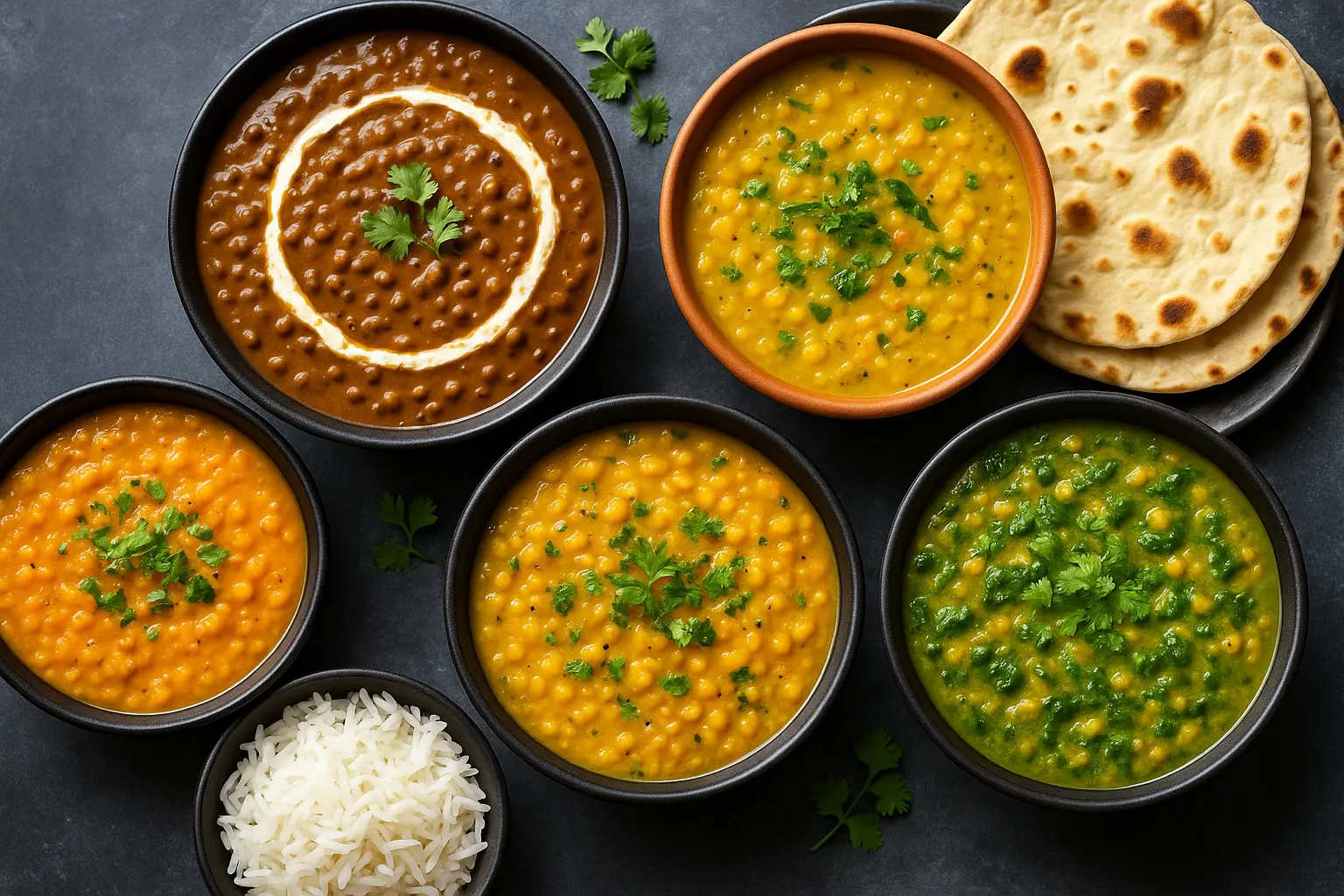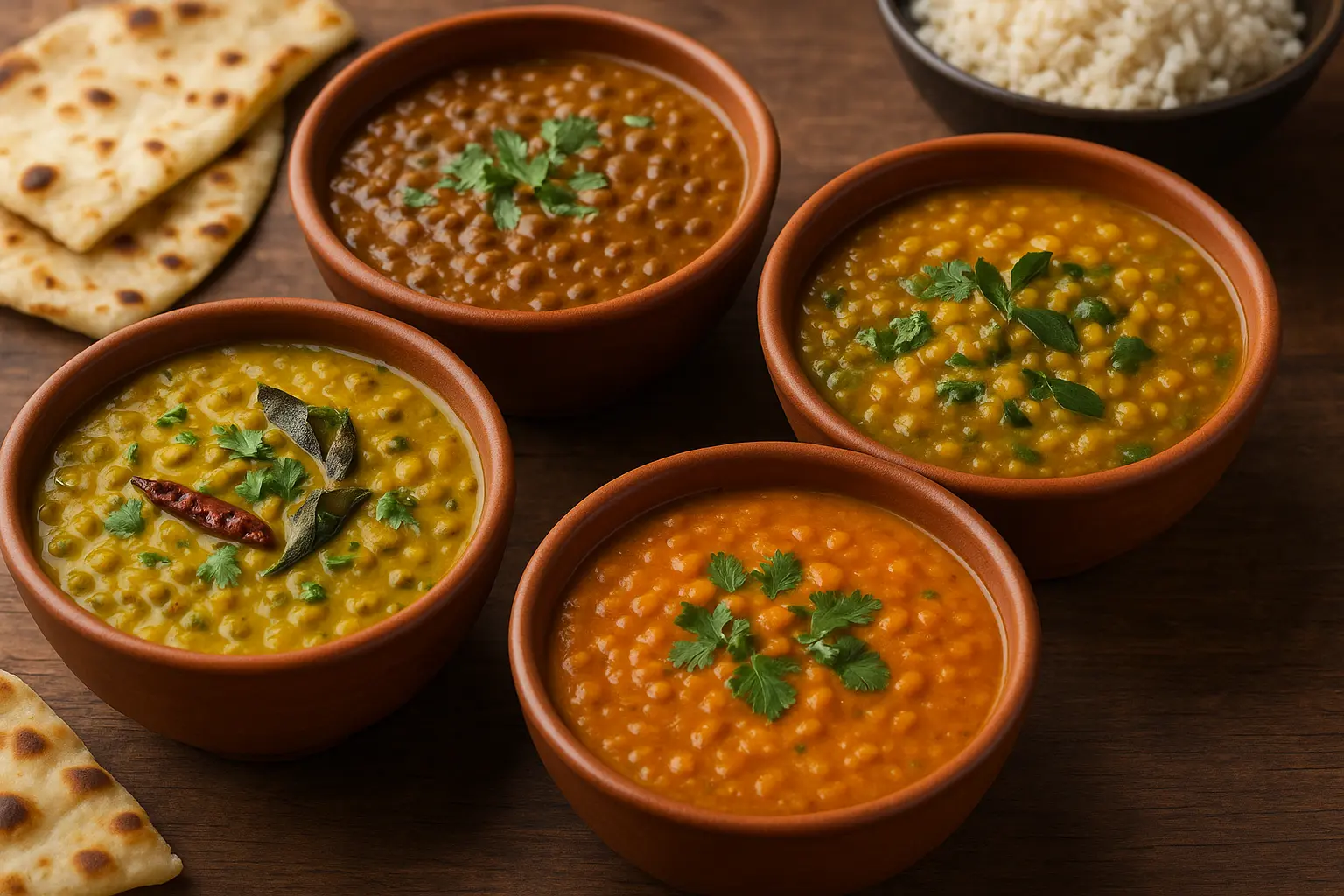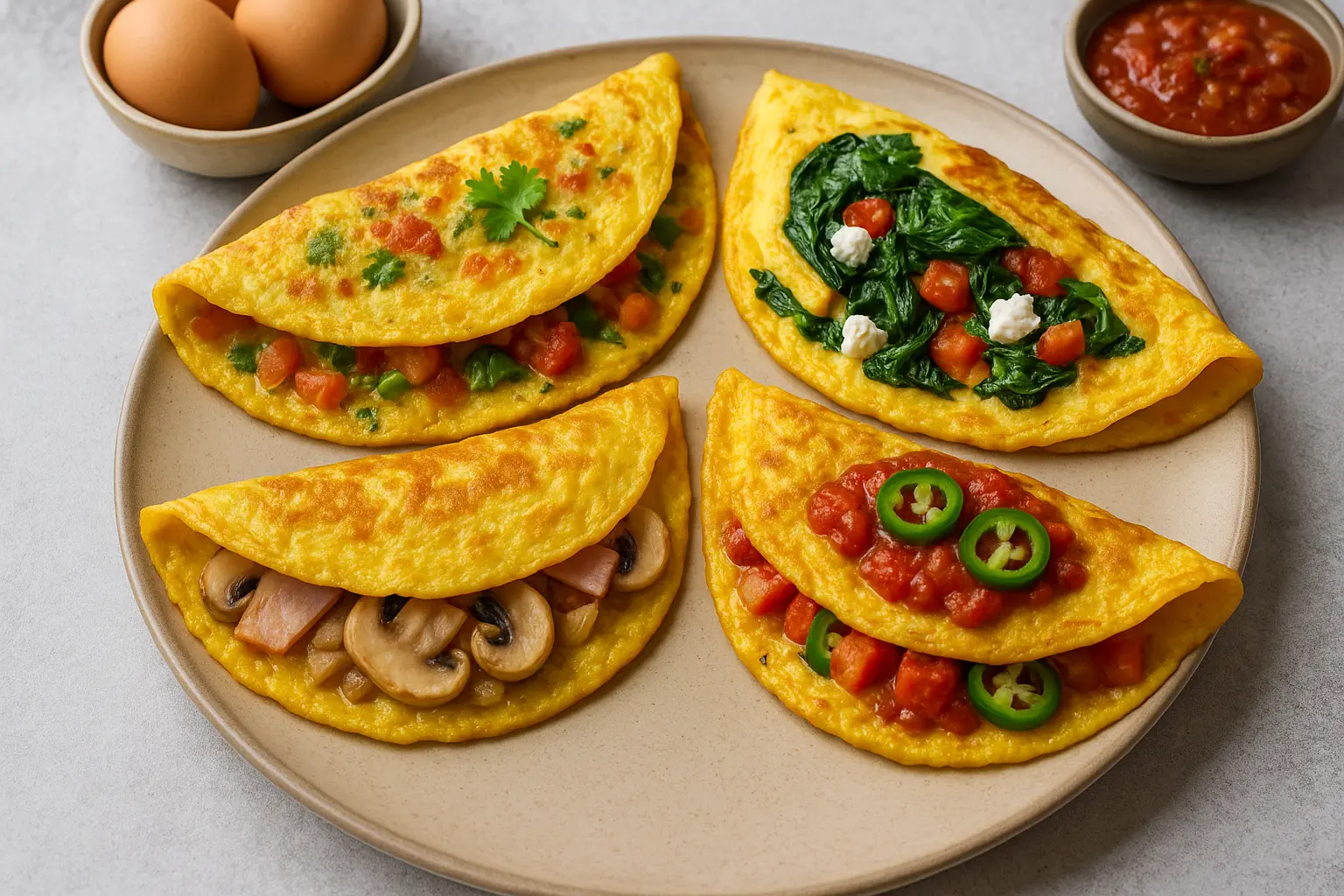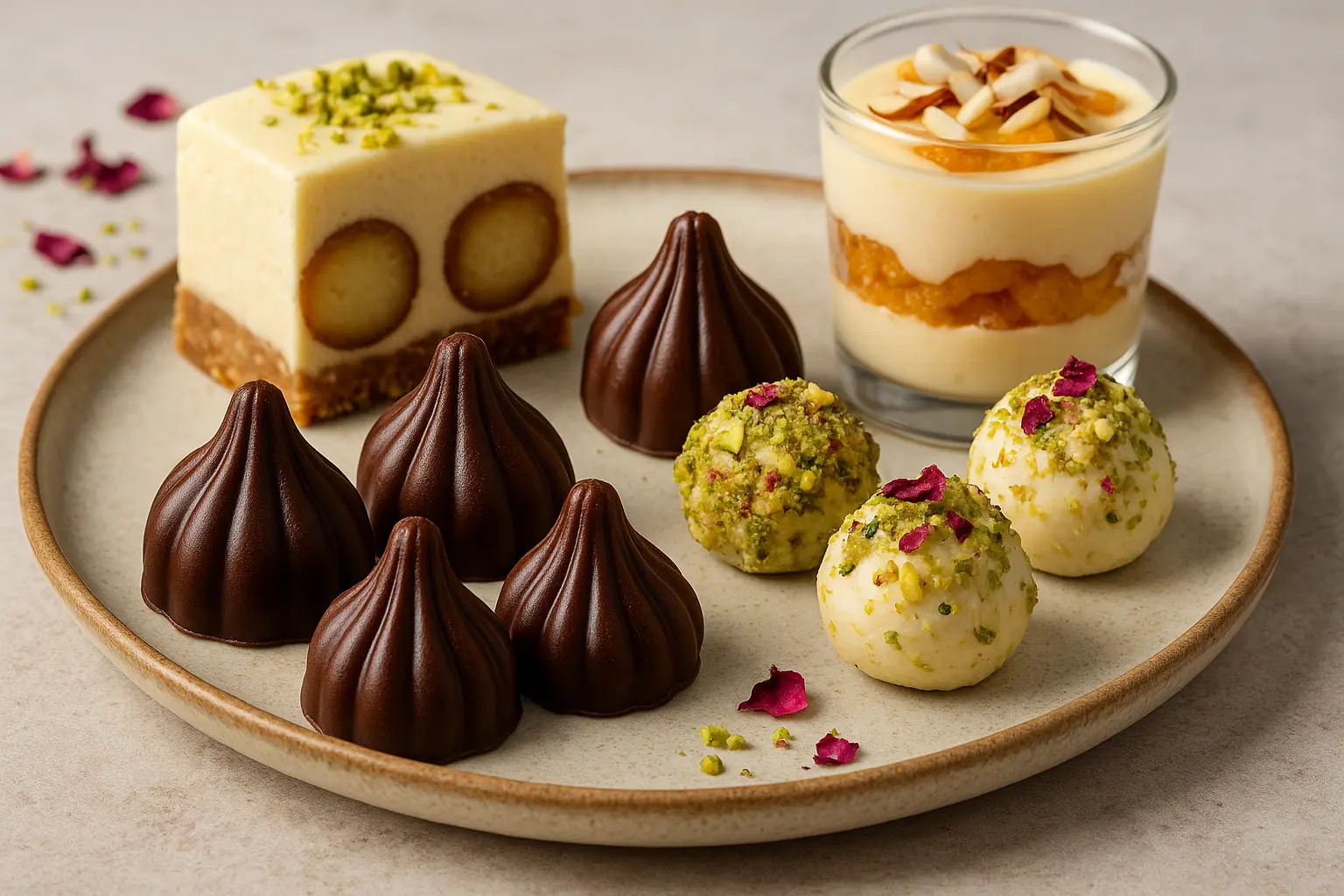For centuries, lentils have been a staple in Indian kitchens. Affordable, versatile, and packed with nutrients, these humble legumes are the perfect foundation for protein-rich curries that suit both traditional and modern lifestyles. From quick weeknight dinners to hearty family meals, lentils can transform into flavorful curries that are naturally vegan, high in protein, and adaptable to countless flavor profiles.
What makes lentils so valuable for everyday cooking is their unique combination of plant-based protein, fiber, vitamins, and minerals. A single serving of lentils provides around 18 grams of protein, which makes them an excellent alternative to meat or dairy for those following vegetarian or vegan diets.
This blog will guide you through everything you need to know about protein-rich lentil curries — from nutritional benefits and essential cooking tips to a variety of recipes and global twists.

The Nutritional Edge of Lentils
Lentils are more than just filler food. They carry a nutrition profile that makes them a daily dietary superhero.
- Protein Content: On average, 1 cup of cooked lentils contains around 18 grams of protein.
- Dietary Fiber: High in soluble and insoluble fiber, they support digestion and regulate blood sugar.
- Iron & Folate: Lentils are rich in iron and folate, making them especially beneficial for women and individuals on plant-based diets.
- Low in Fat: Naturally low in saturated fats, lentils promote heart health.
- Gluten-Free & Vegan: Perfect for diverse dietary needs without requiring substitutions.
These benefits make lentils an ideal base for curries that are nourishing, filling, and balanced.
Types of Lentils Commonly Used in Indian Curries
India boasts a dazzling variety of lentils, each with unique flavors, textures, and cooking times. Here are some popular choices:
- Toor Dal (Pigeon Pea Lentils): Mild and nutty, ideal for South Indian sambhar.
- Moong Dal (Split Yellow Lentils): Light, quick to cook, great for comfort curries.
- Masoor Dal (Red Lentils): Soft and creamy, perfect for quick weeknight curries.
- Chana Dal (Split Chickpeas): Chunky texture, holds up well in spicy curries.
- Urad Dal (Black Lentils): Used in rich dishes like Dal Makhani, slow-cooked for creaminess.
- Whole Lentils (Brown/Green): Earthy flavor, used in North Indian and fusion dishes.
By mixing and matching these varieties, you can keep everyday meals exciting without repeating the same flavor profile.
Cooking Lentils for Curries: Essential Tips
Cooking lentils correctly is the foundation of a good curry. Here’s how to get it right:
- Soaking: Most lentils don’t require soaking, but soaking chana dal or whole lentils reduces cooking time.
- Rinsing: Always rinse lentils to remove dirt and excess starch.
- Cooking Medium: Lentils can be cooked in water or vegetable broth for extra depth.
- Consistency: Adjust cooking time based on desired consistency — soupy for dal, thicker for curries.
- Spices First: Tempering (tadka) in oil or ghee with cumin, mustard seeds, garlic, and chilies before adding lentils enhances flavor.
- Acidic Ingredients: Add tomatoes or lemon juice towards the end of cooking to avoid slowing down the softening of lentils.
Everyday Protein-Rich Lentil Curry Recipes
1. Classic Masoor Dal Curry (Red Lentil Curry)
Why it works: Quick, high in protein, creamy texture, and universally loved.
Ingredients:
- 1 cup red lentils
- 1 onion, finely chopped
- 2 tomatoes, diced
- 3 garlic cloves, minced
- 1 tsp cumin seeds
- 1 tsp turmeric powder
- 1 tsp chili powder
- 2 tbsp oil
- Salt to taste
- Fresh coriander for garnish
Method:
- Rinse and cook lentils in 3 cups of water until soft.
- Heat oil, add cumin seeds, garlic, onions, and sauté.
- Add tomatoes and spices, cook until soft.
- Mix lentils into the masala, simmer for 10 minutes.
- Garnish with coriander and serve with rice or roti.
2. Toor Dal Tadka (Spiced Yellow Lentils)
Why it works: High-protein, spicy, tangy, perfect for everyday meals.
Key Ingredients: Toor dal, tamarind pulp, garlic, curry leaves, mustard seeds.
The tempering of garlic and curry leaves in hot oil takes this curry to the next level. Best paired with steamed rice.
3. Chana Dal Curry with Coconut
Why it works: Adds both protein and healthy fats, making it balanced.
Key Ingredients: Chana dal, coconut milk, ginger, fennel seeds.
This curry has a slightly sweet, creamy base balanced with spices. It’s hearty enough for lunch or dinner.
4. Dal Makhani (Black Lentil Curry)
Why it works: Restaurant-style, rich in protein, indulgent yet wholesome.
Key Ingredients: Whole urad dal, kidney beans, cream/coconut cream, butter.
Slow-cooked overnight in traditional kitchens, but can also be pressure-cooked. Vegan versions use coconut cream or cashew paste.
5. Moong Dal with Spinach
Why it works: Adds an extra boost of iron and minerals from greens.
Key Ingredients: Moong dal, spinach, cumin, garlic, green chilies.
This curry is light yet filling, making it great for weeknight dinners.
Global Twists on Lentil Curries
Lentils travel well beyond Indian kitchens. Here’s how different cuisines interpret them:
- Middle Eastern Mujadara: Lentils cooked with rice, caramelized onions, and spices.
- Ethiopian Misir Wat: Red lentils simmered in berbere spice and clarified butter (niter kibbeh).
- Caribbean Lentil Stew: Lentils with coconut milk, thyme, and Scotch bonnet chilies.
- Western Vegan Lentil Stew: Lentils with carrots, celery, and herbs like thyme and rosemary.
Adding these variations to your weekly plan keeps meals exciting while ensuring a steady protein intake.
Meal Prep & Storage Tips
One of the best things about lentil curries is their adaptability to meal prep.
- Batch Cooking: Cook a large portion and refrigerate for up to 4 days.
- Freezing: Lentil curries freeze well for up to 2 months; thaw overnight in the fridge.
- Portioning: Store in single-serve containers for easy grab-and-go meals.
- Reheating: Add a splash of water when reheating to restore consistency.
Pairings and Serving Ideas
- With Grains: Pair lentil curries with basmati rice, brown rice, or quinoa.
- With Flatbreads: Serve with whole-wheat roti, naan, or parathas.
- With Vegetables: Add roasted vegetables or a simple salad for a complete meal.
- Fusion Twist: Use lentil curries as a filling for wraps, stuffed in pita bread, or served over baked potatoes.
Why Lentil Curries Work for Every Diet
- Vegan: 100% plant-based protein.
- Gluten-Free: Naturally free from wheat and gluten.
- High-Protein: Excellent for muscle repair and weight management.
- Budget-Friendly: Affordable and accessible in all regions.
- Kid-Friendly: Mild lentil curries can be adjusted for spice levels.
Conclusion: The Everyday Superfood
Protein-rich lentil curries are not just a comfort food staple in Indian kitchens but also a practical, nutritious choice for modern lifestyles. Whether you’re cooking for family dinners, meal prepping for the week, or seeking new vegan recipes, lentil curries offer endless variety, balanced nutrition, and rich flavor.
By incorporating different lentil varieties, experimenting with spices, and adding global twists, you can make sure lentil curries never feel repetitive. They truly embody the idea of everyday meals that are simple, healthy, and delicious.
Leave a comment
Your email address will not be published. Required fields are marked *




















